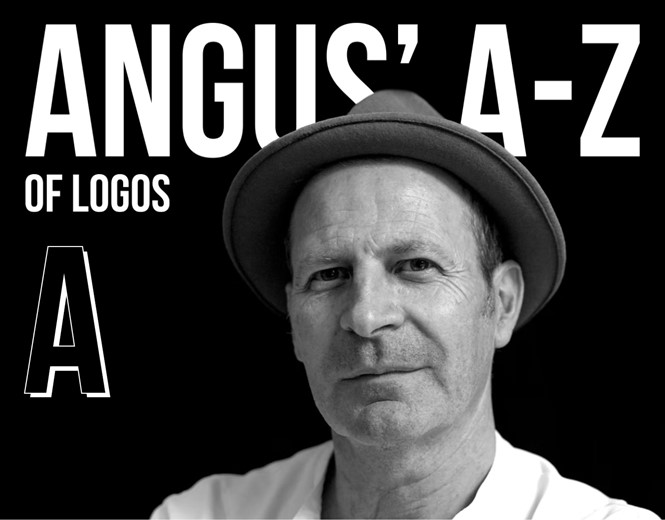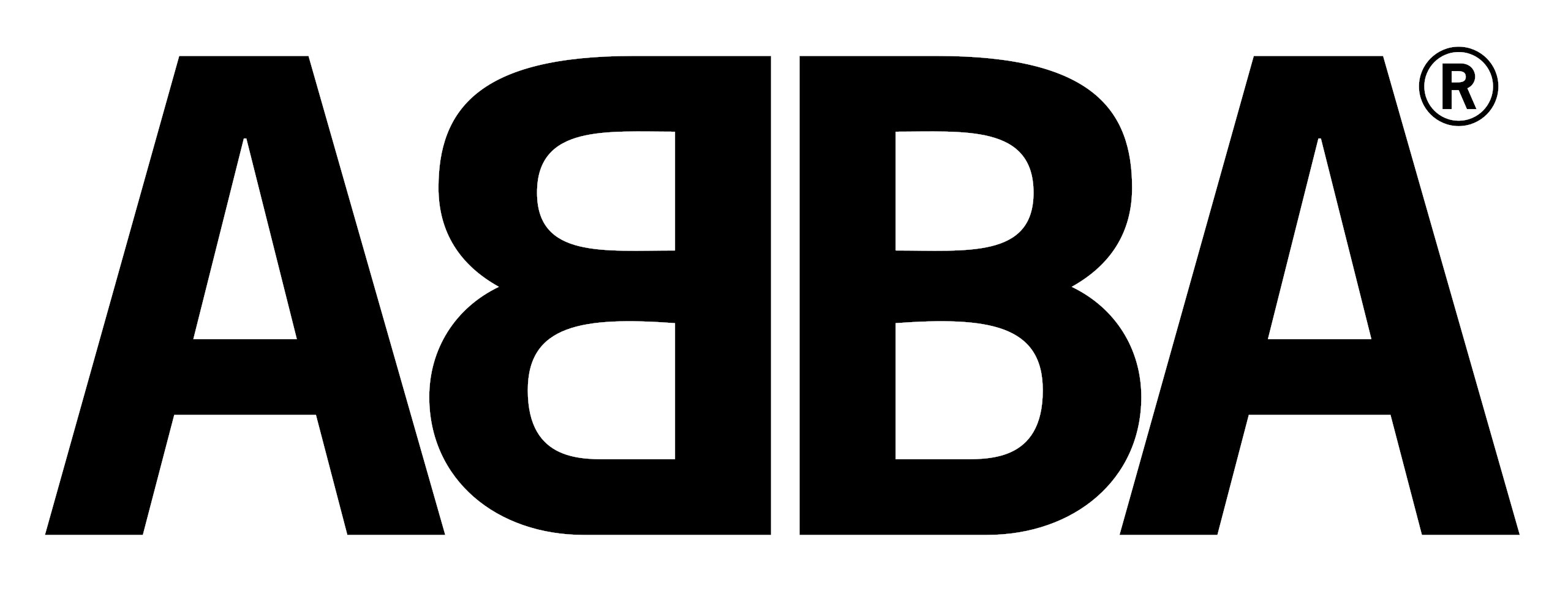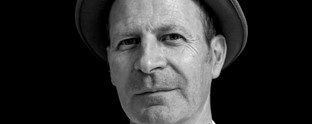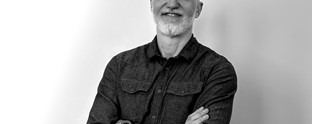Angus’ A-Z of logos: ABBA

In the first of his monthly Transform columns on the A-Z of logo design, Pentagram’s partner and creative director, Angus Hyland, explores the logo origins of everybody’s favourite Swedish band, ABBA.
Designed in 1976 by Rune Söderqvist (who went on to design most of the subsequent record covers), the ABBA logo is deceptively simple. As well as being an acronym of the band members, the logo is a palindrome (meaning it can be read backwards or forwards), and also a visual palindrome, which means it even looks the same in the mirror!
Inspired by an early photographic shoot involving the group holding up oversized letters for the camera, the idea is simple. The first letter B is reversed, so that each B faces a letter A, mirroring the two (then happily married, now divorced) couples Agnetha + Björn and Benny + Anni-Frid. It would be really neat if the band members followed suit, but in the majority of shots (and especially on stage) they appear in the B, A, A, B formation with the girls in the middle and the boys on either side.
While other groups such as the Bee Gees and Yes (whose logo was designed by Pentagram founder Alan Fletcher) were going full-on bubble writing in the mid-1970s, the ABBA logo is straight out of Sweden. Set in the typeface News Gothic, it’s modernist, restrained, and, like the music, it has more than stood the test of time.
While the musos will no doubt argue that it’s the later, Scandi-angst era ABBA (recorded as both couples were falling apart) that’s a superior listen, for me it’s got to be the perfectly pitched Euro-pop of SOS and Dancing Queen. Even better than both of those however is the shimmering disco of Voulez-Vous. Recorded in Miami and featuring a mildly suggestive lyric, it’s the perfect marriage of French faux sophistication and pared-back Scandi-coolness.
Fast forward to 2023 and suddenly the ABBA logo is absolutely everywhere. Thanks to the phenomenon that is ABBA Voyage, Rune Söderqvist’s logo is all over social media, official merchandise and splashed on the sides of buses up and down the country, proving that it is one of those rare logos that have really stood the test of time.
Who would have thought in 1974 when they won the Eurovision Song Contest with ‘Waterloo’, that it would be ABBA who have led the way in completely redefining the live music experience in 2023? With its heady combination of weapons-grade nostalgia and cutting-edge technology, over a million people have now worshipped the so-called ‘Abbatars’ at their purpose-built shrine in east London.
Now approaching 50 years old the ABBA logo is still a killer logo — if only fellow Swedish megabrand IKEA could be this effortlessly cool…













